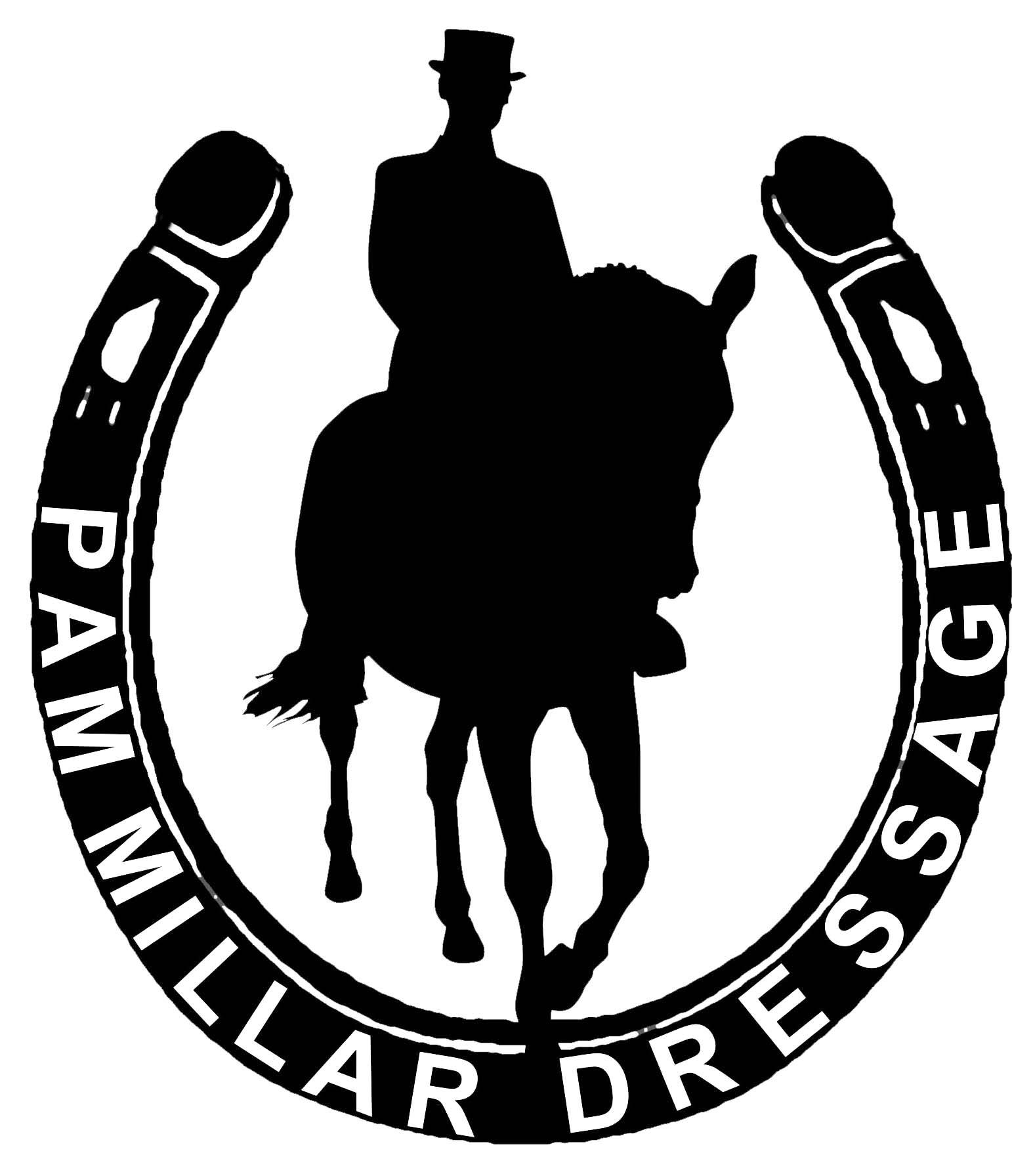
Dressage Trainer
Classical, sympathetic, personalised training
for you and your horse
Mobile: 07740 116 336
Home: 01651 872613
 |
Pam Millar
Dressage Trainer
|
Classical, sympathetic, personalised training for you and your horse
|
Contact:
Mobile: 07740 116 336 Home: 01651 872613 |
A British Dressage Accredited Trainer
The Pleasure of Riding to Music (click on "training tips" above for more)
(as printed in the Herald )
RIDING to music is fun – for horses and for riders. Many horses really enjoy music – they have a ‘musical ear’ and actually pick up the beat as they work.
There are many benefits from riding to music. You can use quiet, soothing tunes to help create relaxation as you ride, or you can generate more energy and activity using lively music with a strong beat. By listening to and feeling the beat of the music you can work towards a better, more consistent rhythm from your horse. If your schooling has become a little dull, then riding to some inspiring, invigorating music can help pep up your training. If you enjoy riding to music, and your horse does too, you can take it a step further and enter dressage to music competitions, which are held at all, levels.
To prepare for competitions you need to find a general style of music that suits your horse, and specific pieces of music that fit your horse’s tempo at walk, trot and canter and at higher levels, the more advanced movements. Each level has specific criteria – you must perform your test in a specified time and it must contain all the movements required at that level but may not include movements found only in tests at higher levels. Bearing in mind the constraints of your test, you begin by designing a floor plan containing the required movements - and practise – you can make small adjustments to the timing at this stage and once you are happy with it, you can ask someone to video you riding your test.
Having gathered a variety of music that you like, that suits the personality of your horse and you think the judge will like, it is time to put it all together. Watch your video while playing selections of music to each pace and match the tempo of the music to that of your horse. If you haven’t managed to get it videoed, ask a friend to watch you working while playing the various pieces of music and shortlist suitable pieces for each of the paces, or use a metronome to measure the beats per minute as you ride and the beats per minute of your music.
Ride to the music again, whittling down the choice until you have one piece for walk, one for trot and one for canter.
Recap on the requirements of your test and revisit your floor plan. Some of the movements will be compulsory, and some will be optional. Make sure the pattern is fairly symmetrical so that it is obvious to the judge that you are executing the moves on each rein - and be creative - use the arena and choose movements and sequences that show your horse off to his best. You are allowed to use compulsory movements more than once so, for example, if you think you might not get good medium strides, perhaps allow an extra attempt. Marks can be gained for ‘degree of difficulty’, but if your horse is not so good at a certain movement and it is not compulsory, think very carefully before including it at all!
Once completely happy with your floor plan, ride it several times and time it again. Make a note of where the paces change in your test then record suitable bits of music from your selections to fit to the changes in pace in the test. Try to plan for a bit of flexibility in your transitions as timings can vary a little from day-to-day and particularly in the atmosphere of a competition. Using music editing software, you can blend the pieces together, phasing out of one and into another.
Using music for dressage is subject to PPL (Public Performance Licence) and this is easily complied with. Once your test and music are finalised, you will need to get a kit from British Dressage, in order to legally use the music in the competition. You must inform them of the music you are using, the timings and the relevant reference numbers, which are listed on the original CDs - not complicated when you see the forms!
Whether you decide to ride to music for your own pleasure, and that of your horse, or whether you decide to enter competitions, bringing pleasure to others as well, riding to music adds a new harmonious, fun dimension to working together with your horse.
For further information, visit British Dressage at www.britishdressage.co.uk.